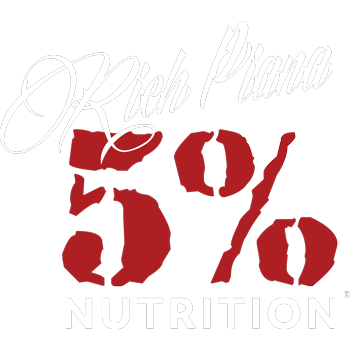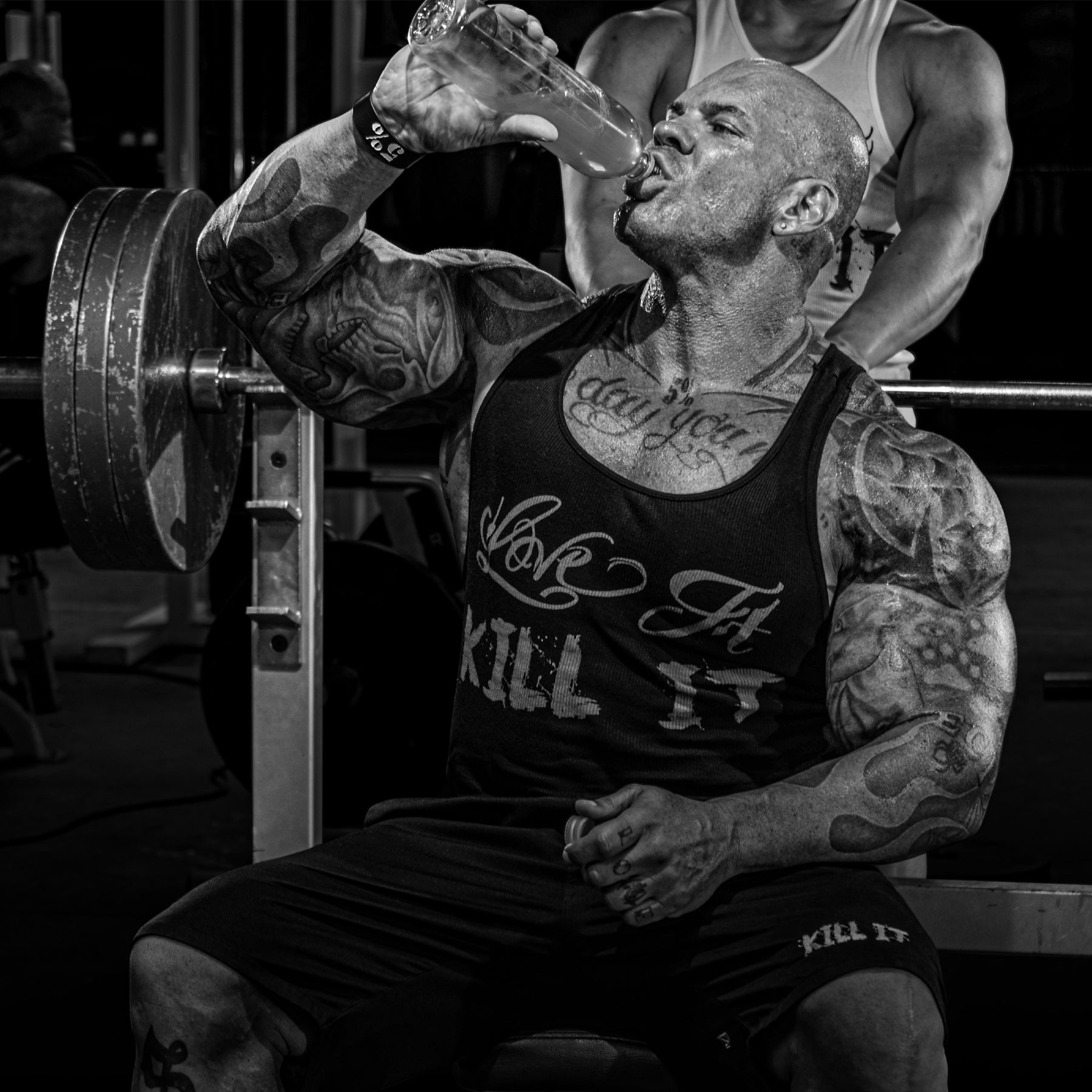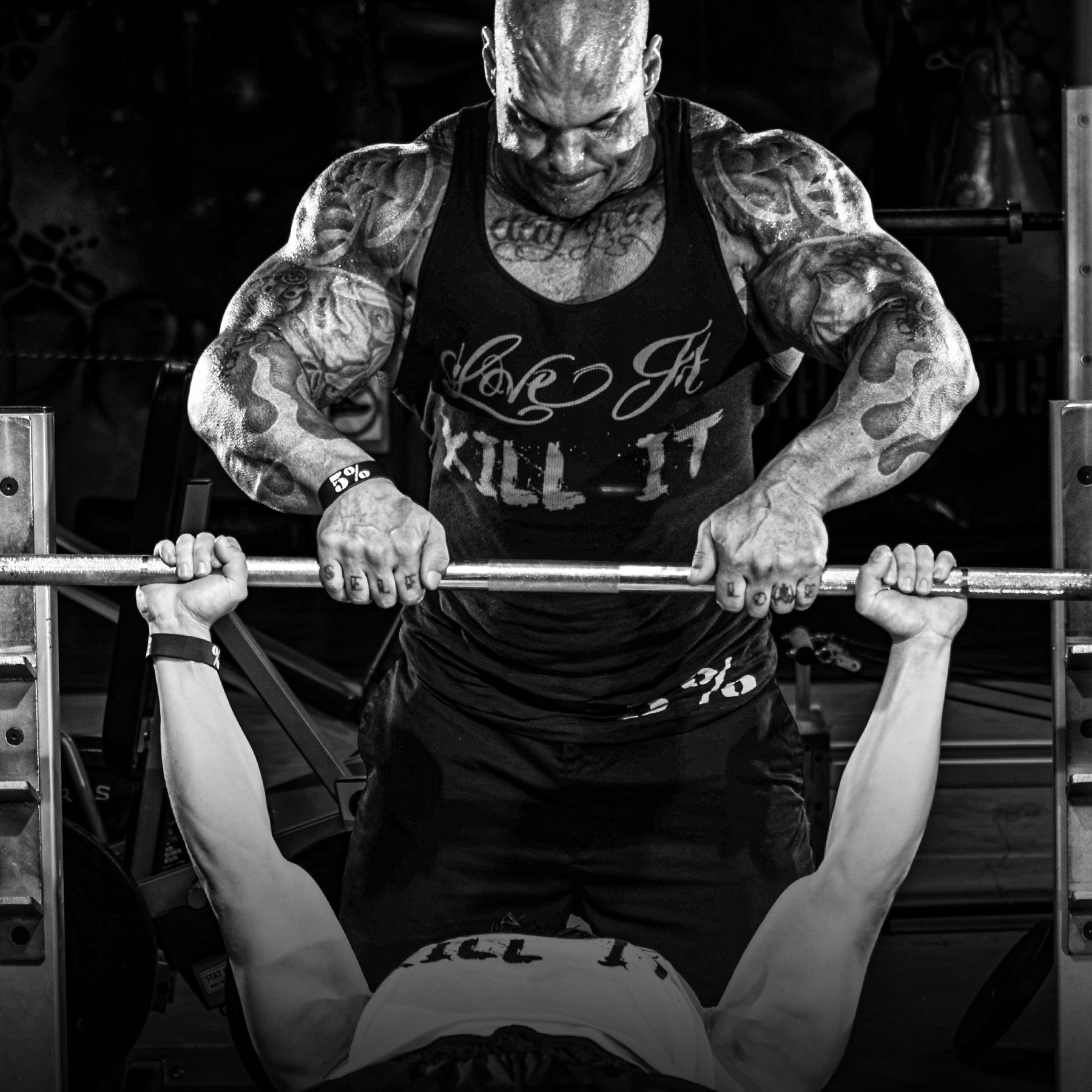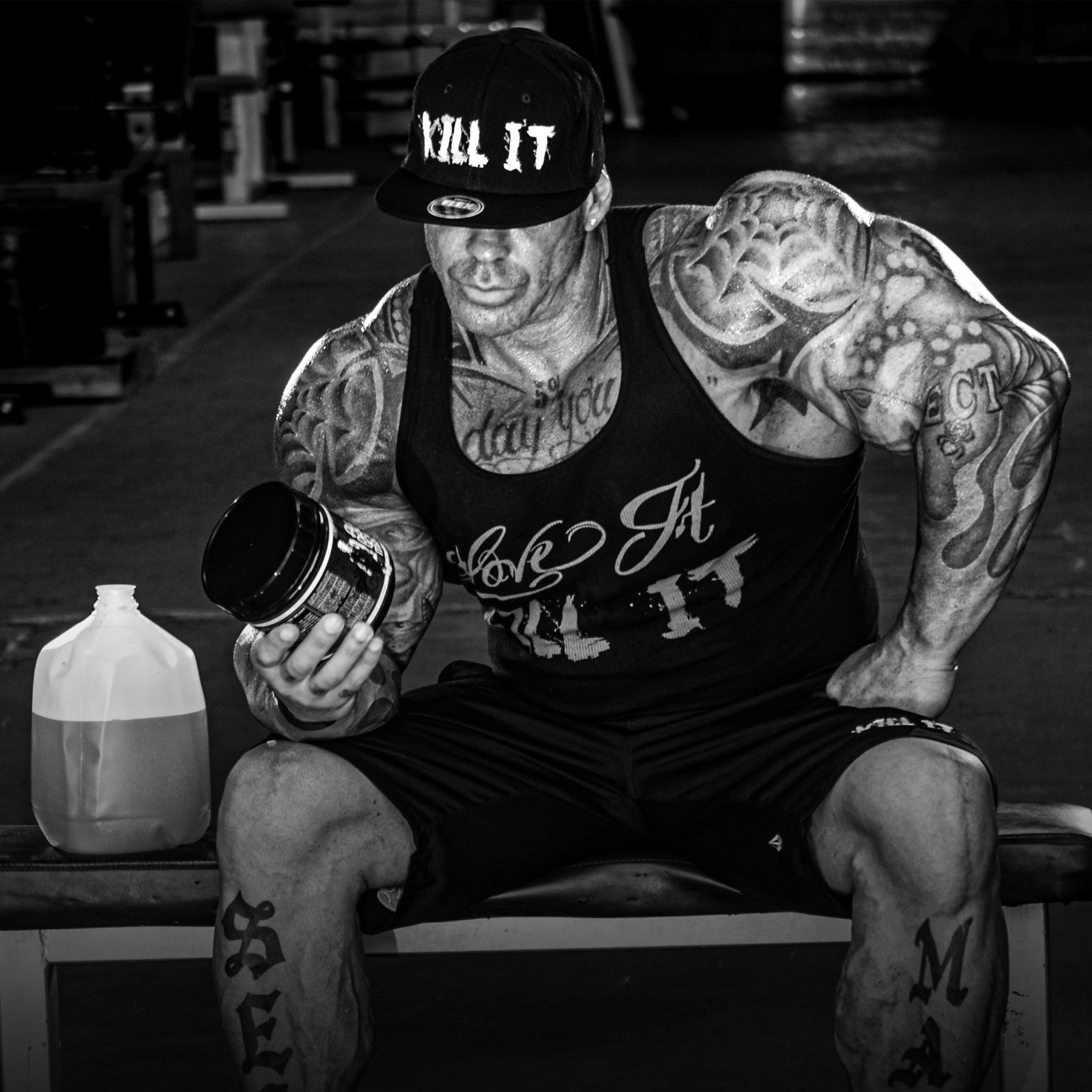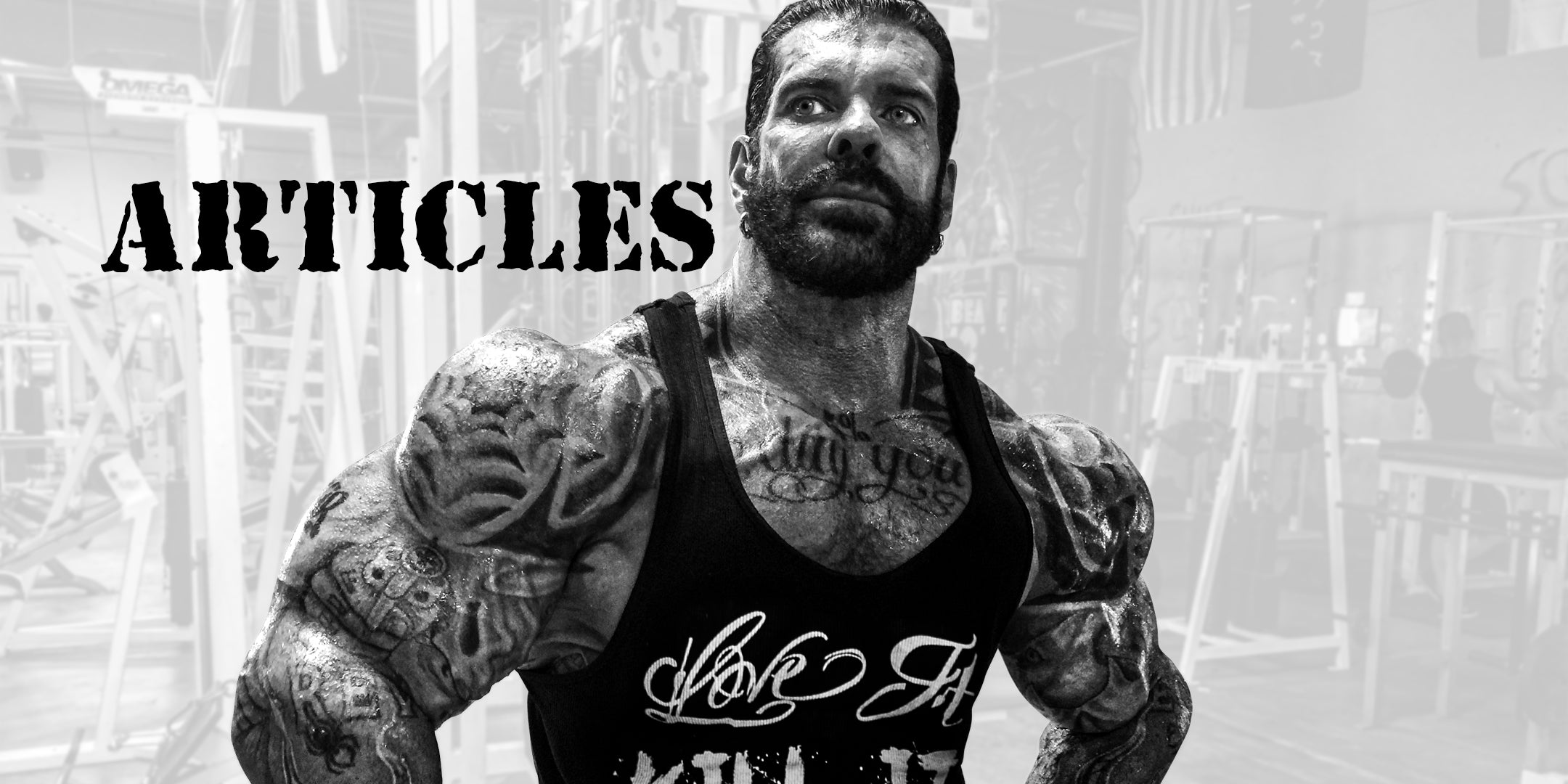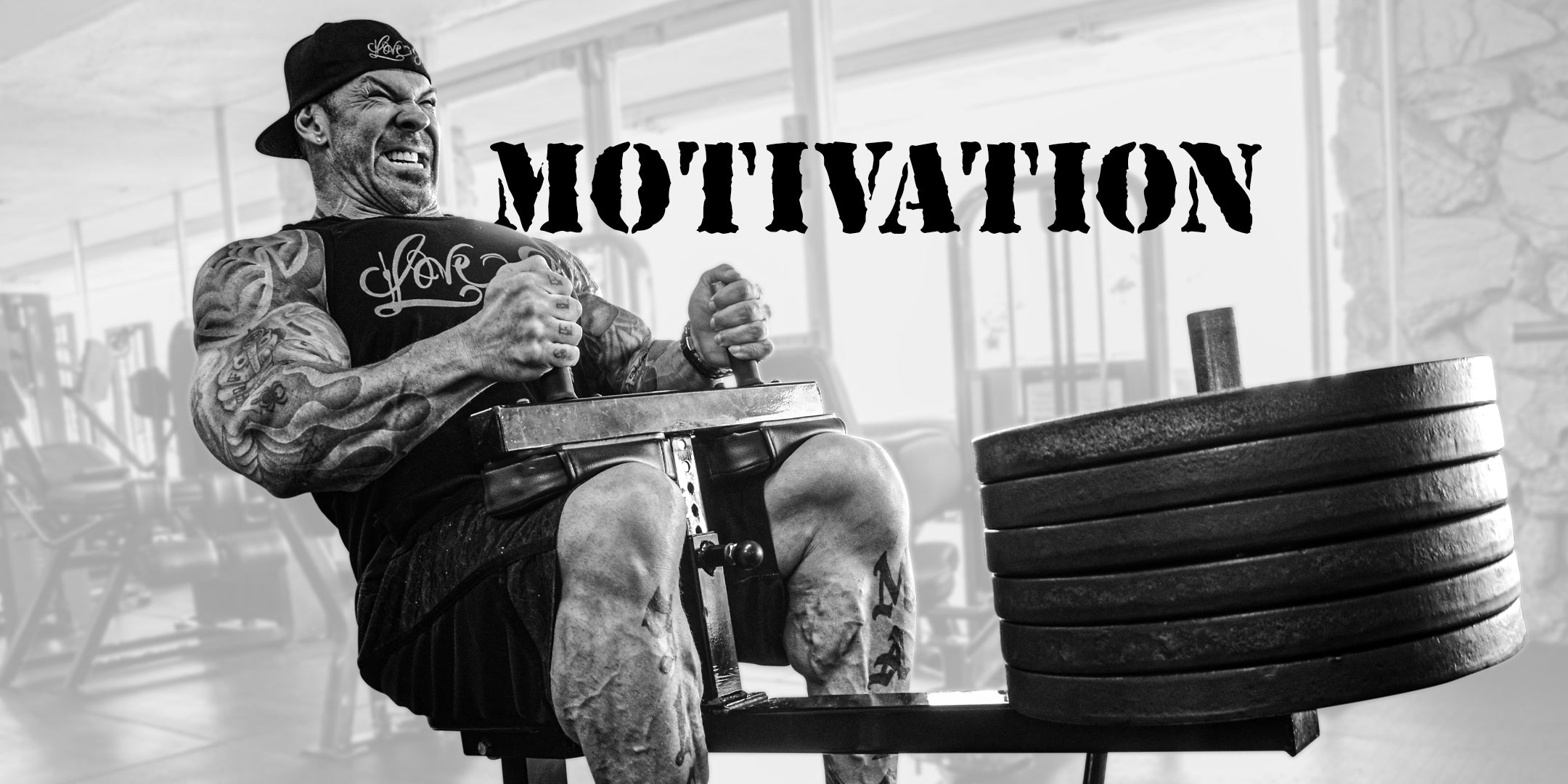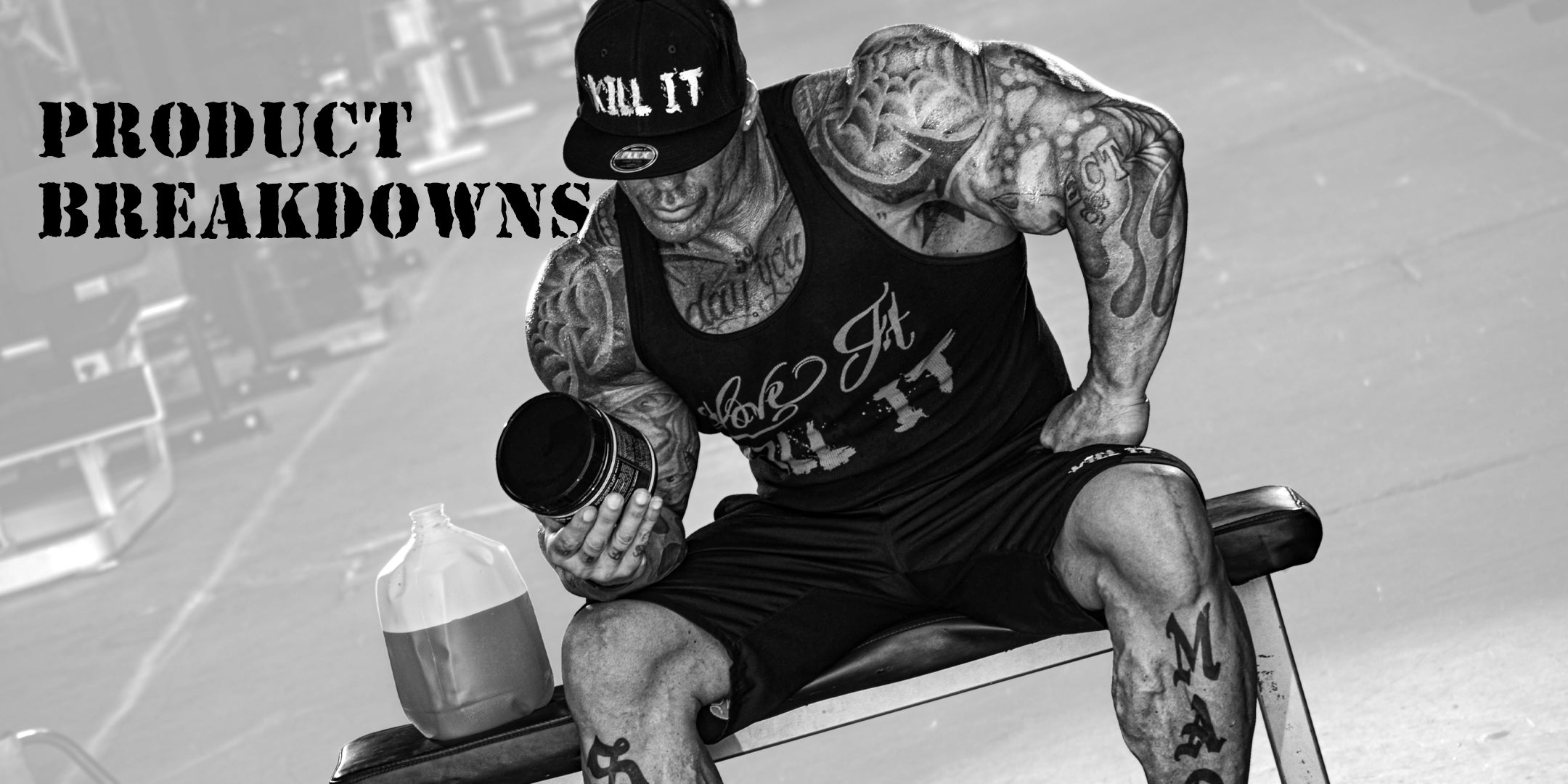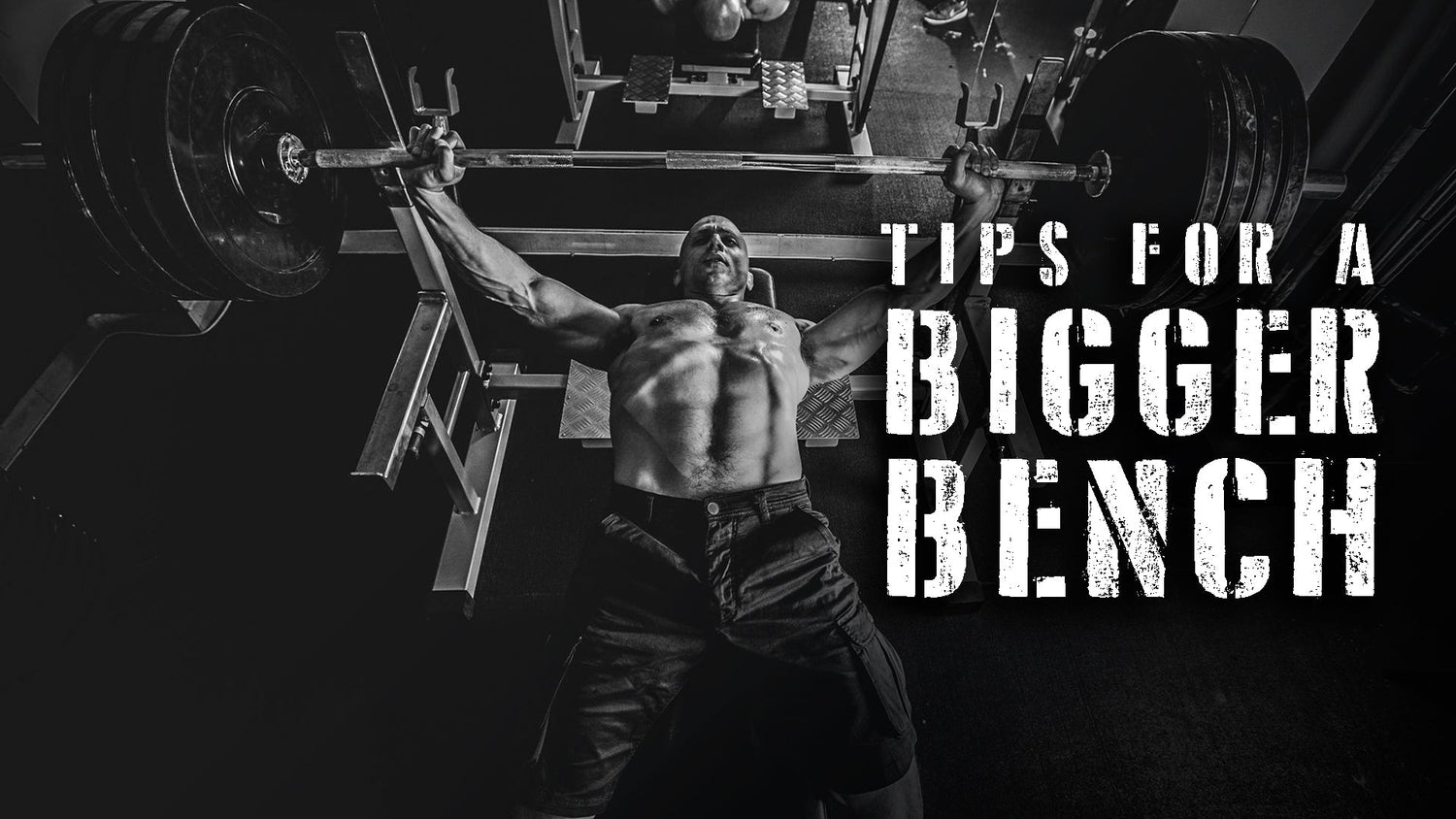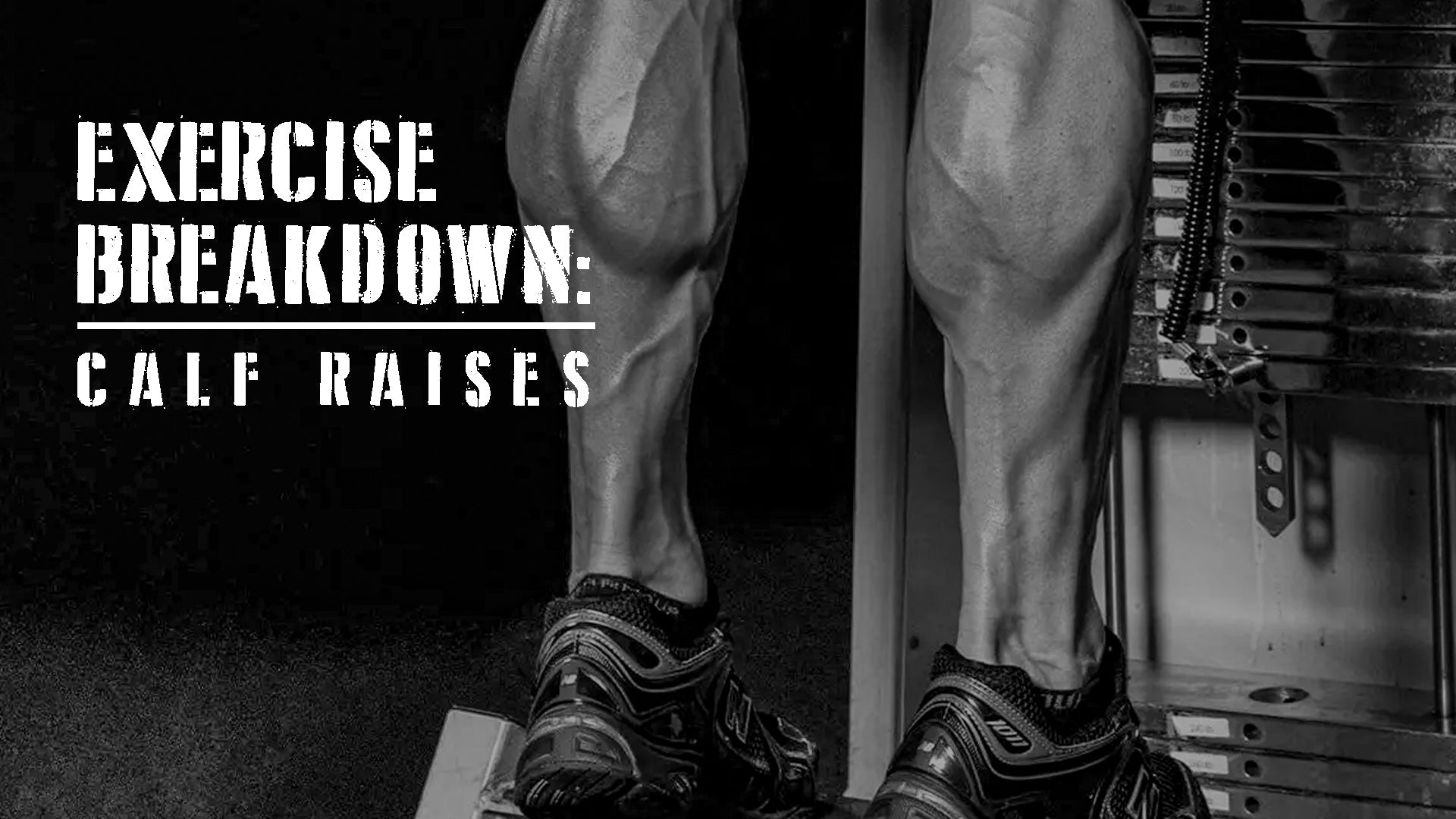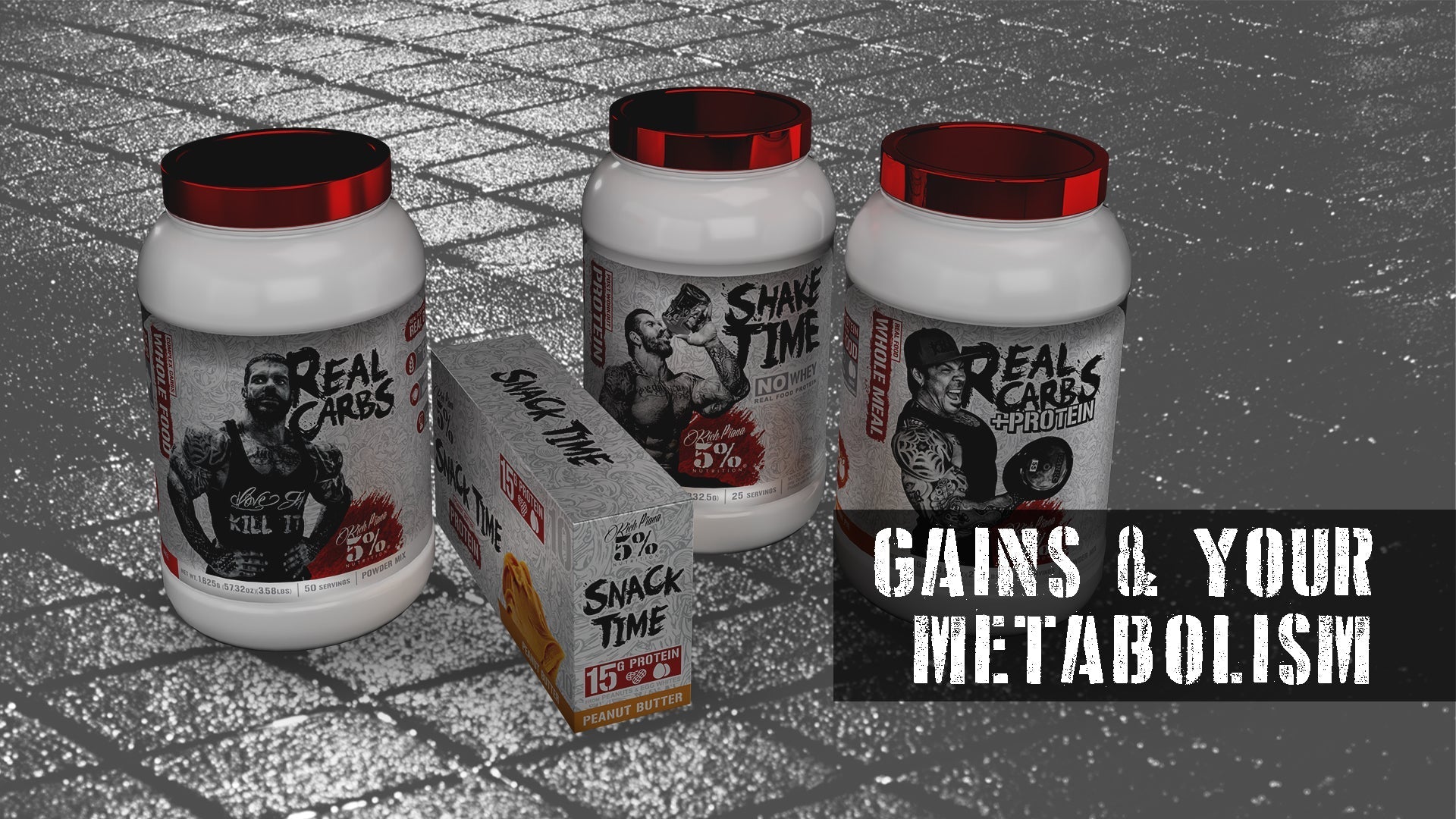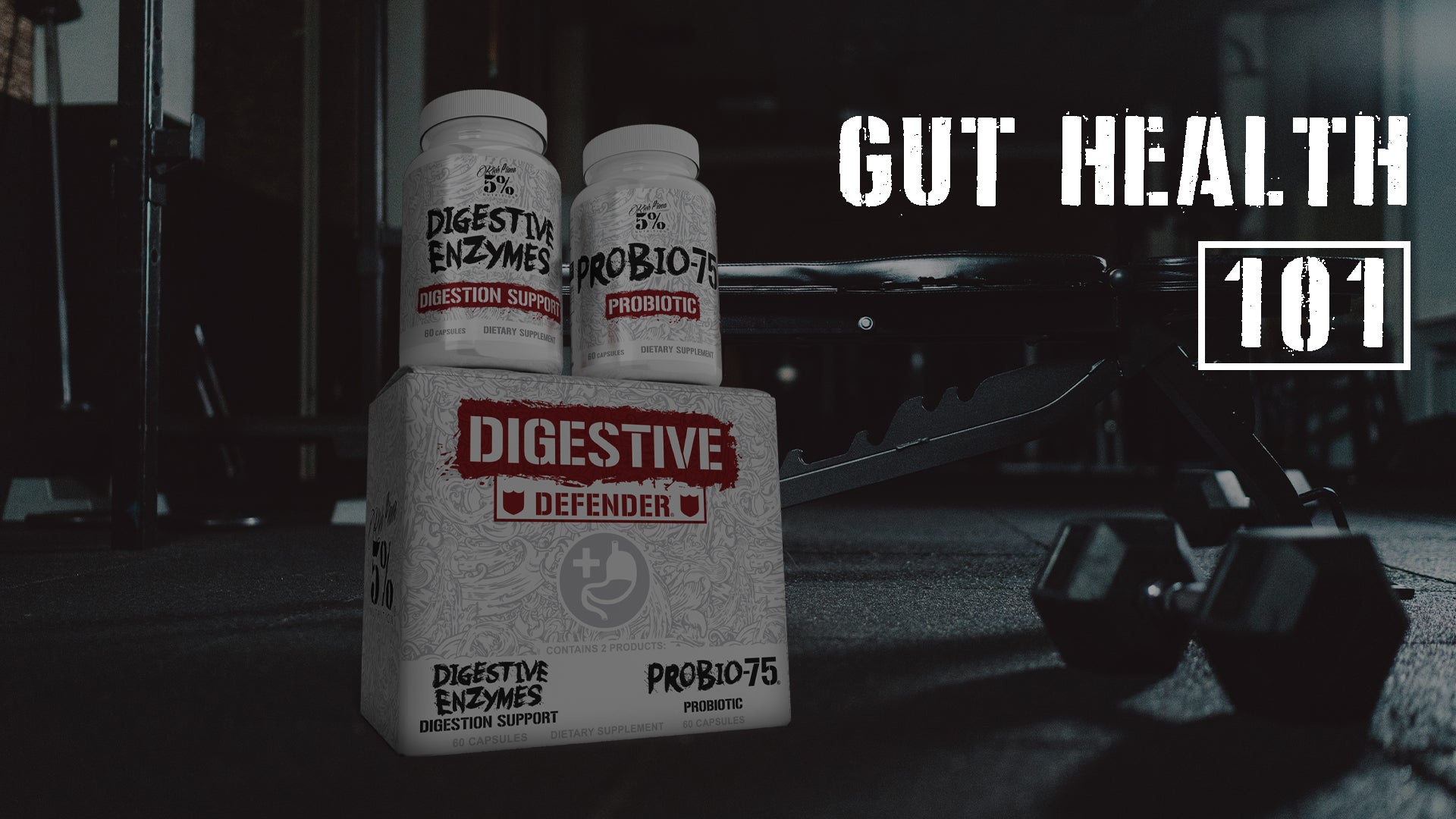When it comes to the bench press, the first question will always be “How much ya bench?” For that reason alone many lifters will struggle to get their bench numbers as high as possible. If you’re trying to get the most out of this classic lift, 5% Nutrition has some Tips For A Bigger Bench! Ready to hit that new PR!
Tip # 1 - Arch Or No Arch?
In powerlifting, lifters arch their backs. That’s because an extreme arch combined with a wider grip shortens the distance the bar has to travel. That means a powerlifter can handle more weight. On the other hand, a bodybuilder will keep their backs flat on the bench. They focus more on the full range of motion using more moderate weights. The point here is don’t use an arch just to get more weight on the bar unless that is your specific goal.(1,2)
Tip # 2 - Elbow Placement
Many authorities feel you should not flare your elbows out when benching. They advise bringing your elbows in closer to your sides. One reason is that it helps you start more explosively. However, many bodybuilders, Arnold included, will flare them out. This approach puts the elbows in a direct line with the shoulders at the end of the movement. Try both methods and see what feels best for you and your elbow joints.(3,4)
Tip # 3 - Leg Drive
To set up for this exercise, drive your shoulders into the bench, don’t arch your back (unless you’re powerlifting), and drive your feet into the floor. Leg placement helps ensure stability. Driving your feet into the floor helps increase power. Use your legs to push your body up the bench as if you were sliding off. It should be noted that not all bodybuilders use leg drive. Big Lou Ferrigno used to bench with his feet up. His thinking was that this approach isolated his chest more.
Tip # 4 - Work Your Weak Link In A Power Rack
Wherever your weak link is, you can specifically train that point using the rack. Simply set the pins so you start at your weak point. Then use the second set of pins to set the upper limit of the range you’re working. For example, let’s say your weak point is the lift-off phase. Have the pins set at that point with the long pins set approximately 2 holes above your chest. This forces you to only work that segment of the rep. As another example, let’s say your lock-out is weak. Set the long pins at the start of the lockout, and work that segment of the rep.
Tip # 5 - Target Your Triceps
The bench is a compound lift that directly targets your chest, front deltoids, and triceps. Most lifters agree that the weak link is the triceps. That means that you should work all 3 heads hard to build strength and size, thereby improving your bench. Good exercises include the close grip bench press, 1-dumbbell extensions, and triceps dips. This also applies to your delts, and the stabilizer muscles involved - biceps and lats.
Tip # 6 - Don’t Forget 5% Nutrition!
Outside the gym, the first step to a bigger bench is consuming enough calories. You’ll never build a bigger bench press if you’re on a calorie-restricted diet. Follow Rich’s advice and eat up to 8 times a day. Emphasize protein and quality carbs. Of course, 5% Nutrition has the solutions that can help. Adding 1-3 Real Carbs + Protein shakes can add quality calories. Make one of those shakes your post-workout drink, and you’ll kick-start recovery.
Also, make sure you consume about 50% of your daily total of carbohydrates in the hours around your workout. A great way to optimize those carbs is to add Freak Show to your program. Taken with your highest-carb meals, it puts those carbs to work for you. Of course, a good pre-workout and creatine is a must. Get both by adding Kill It Reloaded to your arsenal. Finally, don’t forget to drink All Day You May during your workout. From there, check out our muscle builders, and stock up on all your supplement needs!
References:
- https://exrx.net/WeightExercises/PectoralSternal/BBBenchPress
- Mausehund, L., Werkhausen, A., Bartsch, J., & Krosshaug, T. (2022). Understanding Bench Press Biomechanics-The Necessity of Measuring Lateral Barbell Forces. Journal of strength and conditioning research, 36(10), 2685–2695. https://doi.org/10.1519/JSC.0000000000003948
- Schwarzenegger, Arnold, 1998, The New Encyclopedia of Modern Bodybuilding, Simon & Schuster, p. 324-325.
- Delavier, Frederic, 2010, Strength Training Anatomy, Human Kinetics, p.70-71.
